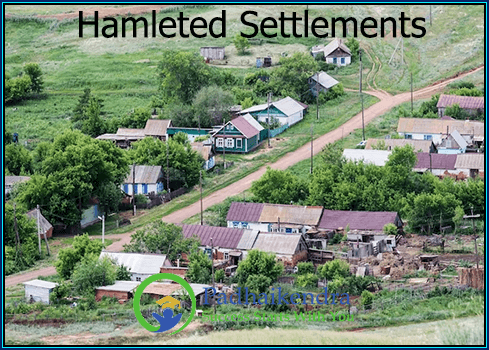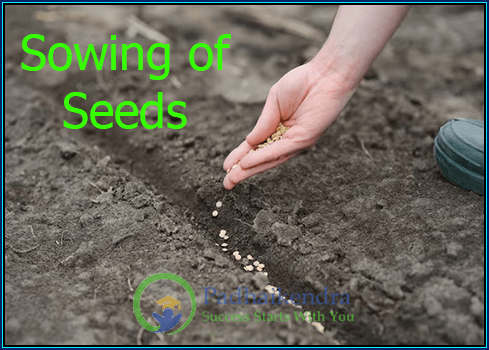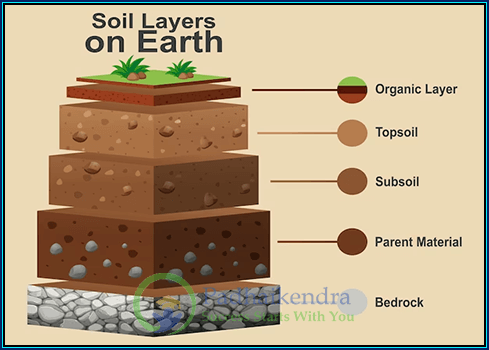Hamleted settlements refer to communities where individual homes are clustered together in a loose grouping, often separated by open agricultural land or natural features such as hills or forests. This type of settlement pattern is commonly found in rural areas and can have several features:
- Homes are grouped together in hamlets, which are usually small and often located near agricultural land or natural features.
- Hamlets tend to be loosely clustered, with homes spaced out and separated by open space or natural features.
- There is typically a low population density, with fewer people living in a larger area.
- Hamleted settlements tend to be predominantly agricultural, with farming and livestock raising being the main economic activities.
- Transportation infrastructure tends to be limited, with most travel taking place by foot, bicycle, or animal-drawn cart.
- Social and cultural activities tend to take place in the home or in shared community spaces such as a village hall or community center.
- Hamleted settlements can offer a strong sense of community, with close social ties between neighbors and a shared sense of identity and heritage.
- Hamleted settlements often have a small ecological footprint and can promote sustainable agriculture and land use practices.
Overall, hamleted settlements are an important aspect of rural life and culture, providing a connection to the land and a strong sense of community. However, there can be challenges associated with isolation, limited access to services, and vulnerability to natural disasters such as floods or wildfires. To ensure sustainable and inclusive development in hamleted settlements, it is important to consider factors such as land use planning, transportation infrastructure, and access to basic services such as healthcare, education, and clean water.





